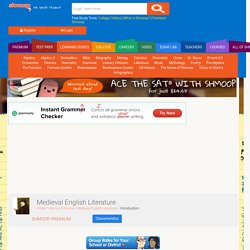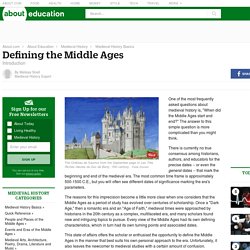

Medieval Tymes. Coat of Arms, Shields, Heraldry. In medieval times, every noble family wanted everyone to know how important they were.

They also wanted to brag about their history. Since most people could not read, heraldry was invented. This was a way to brag about who you were without using words. Heraldry was a design and short saying. Noble families designed a coat of arms that incorporated their heraldry (their design and short saying). They put their coat of arms, showing their heraldry, on banners, shields, tapestries and anything else they could think of.
Each heraldry was unique. Explore. Myths and Legends. As of July 1, 2013 ThinkQuest has been discontinued.

We would like to thank everyone for being a part of the ThinkQuest global community: Students - For your limitless creativity and innovation, which inspires us all. Teachers - For your passion in guiding students on their quest. Partners - For your unwavering support and evangelism. Parents - For supporting the use of technology not only as an instrument of learning, but as a means of creating knowledge. We encourage everyone to continue to “Think, Create and Collaborate,” unleashing the power of technology to teach, share, and inspire. Best wishes, The Oracle Education Foundation. Medieval and Middle Ages History Timelines - Episodes of Medieval History. Medieval English Literature. In a Nutshell What do these things have in common?

A king wielding a magical sword named ExcaliburA rude red-haired guy telling a highly-embellished fart jokeTruly righteous jousting tournaments with armored knights A woman who sees visions of Jesus and warns people to repent their sins If you guessed "Things I Saw On My Last Trip to Las Vegas," you lose. These kings, jesters, knights, and maidens fair (and ugly) are all lifted straight from medieval literature. And you thought you might be in for a real snooze fest with this one. The phrase "Medieval English literature" refers to works that were produced in England from about the fall of Rome (the late 400s CE) to the invention of the printing press in the 15th century.
For those of you who are keeping score—and we hope you are—that's about one thousand years of literature. There is some method to the madness of these literary epochs, though. Consider, for a moment, how a lot of early medieval literature circulated orally. What's that? Middle Ages, Dynamic Culture of the Middle Ages. The European High Middle Ages, which lasted from about 1050 to 1300, evoke for many people romantic images of knights in shining armor, magnificent castles, and glorious cathedrals.

And to many people, the word medieval (Latin medium aevum; "middle age") wrongly suggests a cultural intermission between the classical period of the Greek and Roman civilizations and the Renaissance. On the contrary, the High Middle Ages was a dynamic period that shaped European identity and development, stimulated in part by Europe’s interactions with other cultures in Eurasia and the Mediterranean.
Many of the basic social and political patterns and institutions later associated with European history were formed during this era. Medieval Literature. Middle Ages, Dynamic Culture of the Middle Ages. Defining the Middle Ages - Introduction. One of the most frequently asked questions about medieval history is, "When did the Middle Ages start and end?

" The answer to this simple question is more complicated than you might think. There is currently no true consensus among historians, authors, and educators for the precise dates -- or even the general dates -- that mark the beginning and end of the medieval era. The most common time frame is approximately 500-1500 C.E., but you will often see different dates of significance marking the era's parameters. The reasons for this imprecision become a little more clear when one considers that the Middle Ages as a period of study has evolved over centuries of scholarship.
Once a "Dark Age," then a romantic era and an "Age of Faith," medieval times were approached by historians in the 20th century as a complex, multifaceted era, and many scholars found new and intriguing topics to pursue. Next page: Part 2: Stuck in the Middle. Medieval Life and Times.